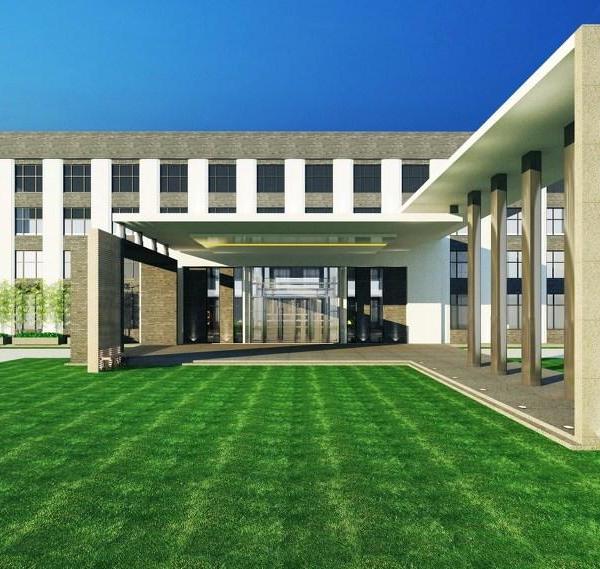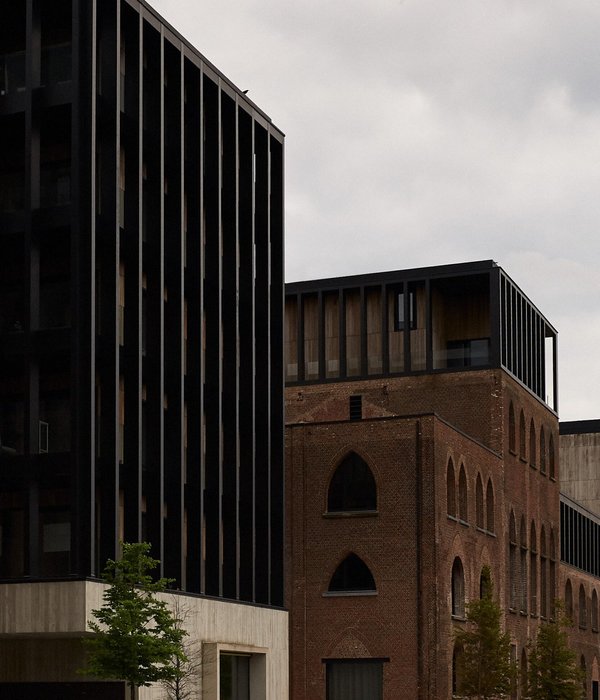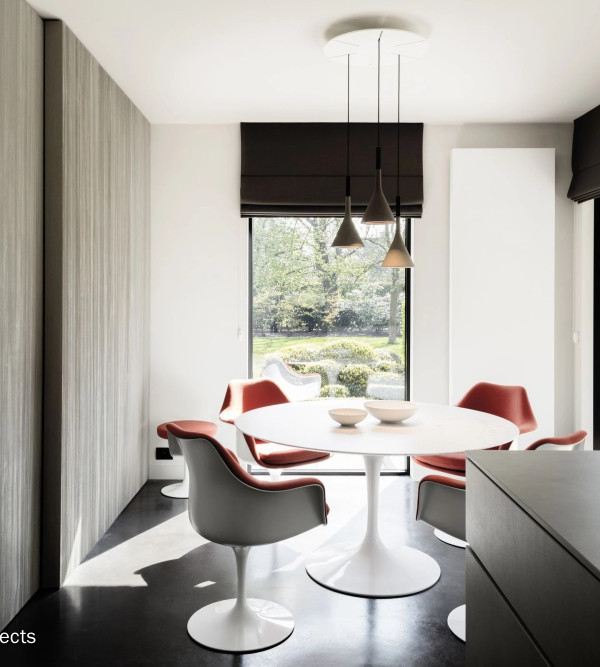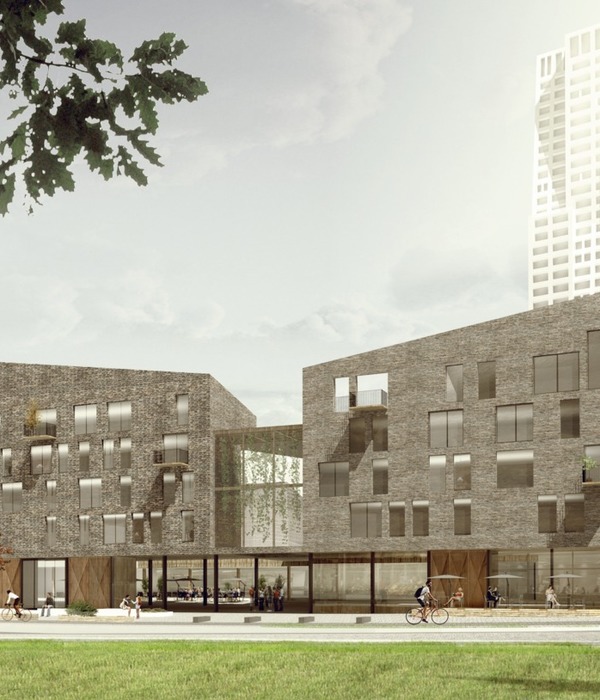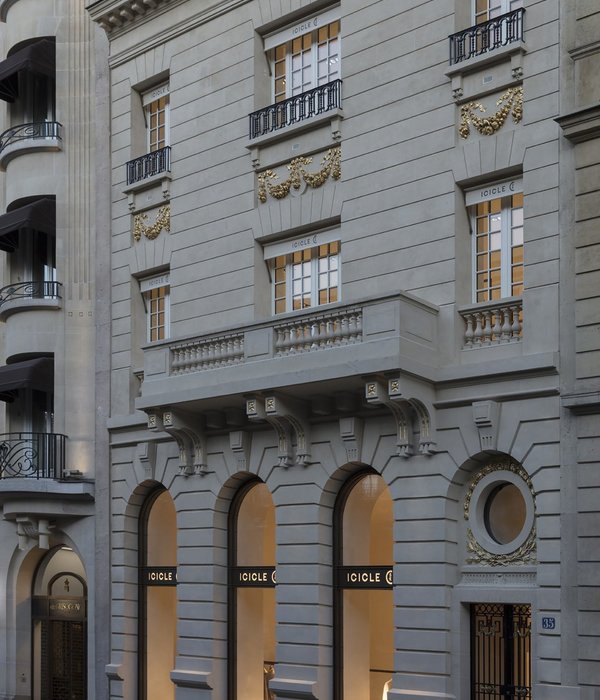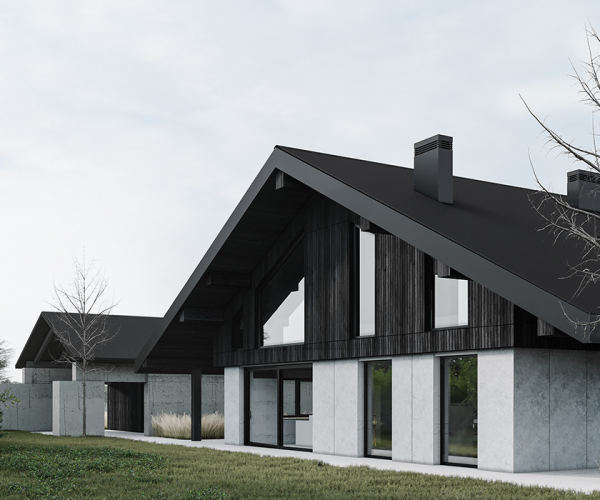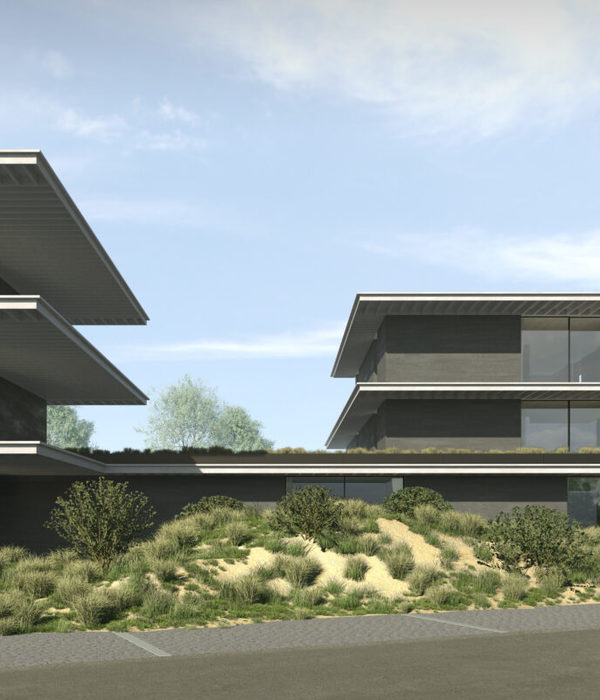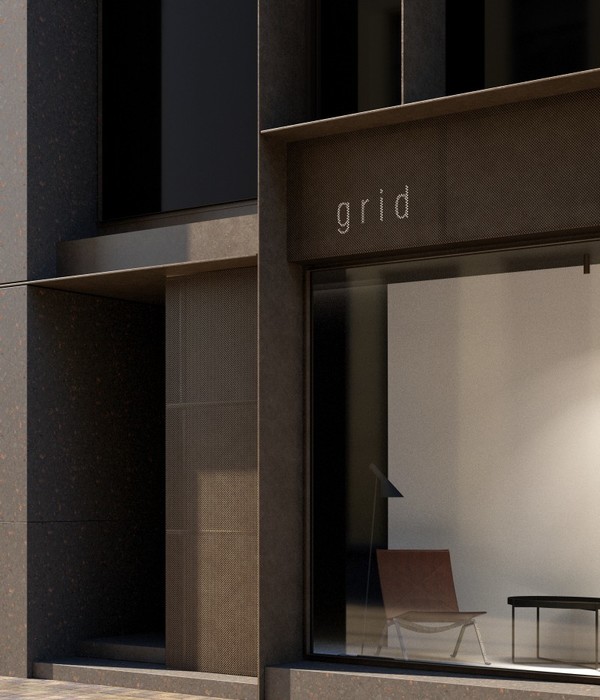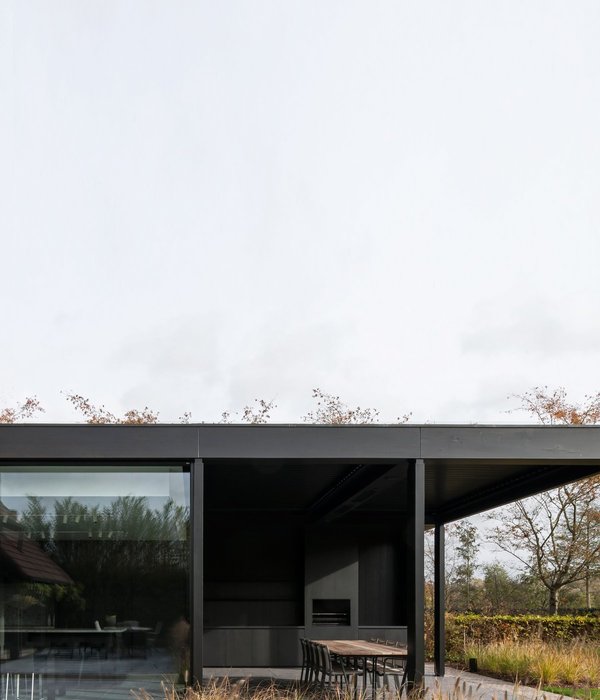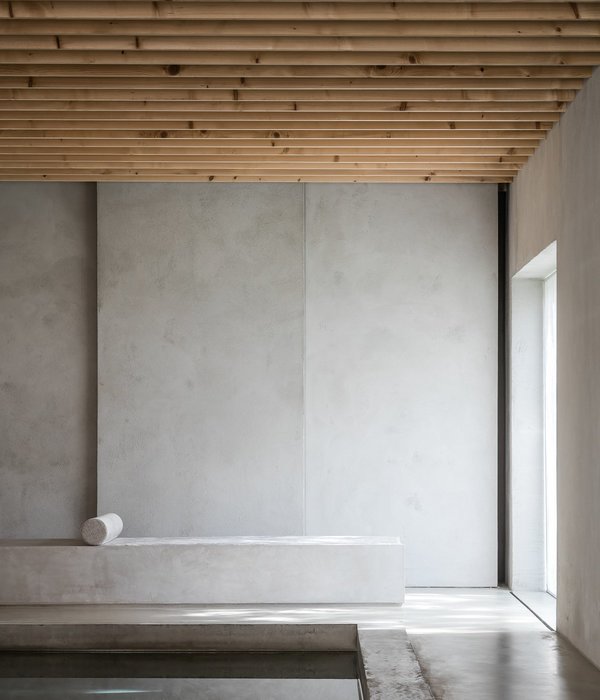Architects:Edifice Consultants Pvt. Ltd
Area:410618 ft²
Year:2022
Photographs:Purnesh Dev, Prashant Bhat
Manufacturers: Saint-Gobain, Dholpur Stone, Dulux, Godrej, Interface & Shaw, Jaquar, Otis, Philips, Rockworth, VitrASaint-Gobain
Structural Consultants:Vintech Consultants
Mechanical Consultants:Sunil Nayyar Consultants Pvt. Ltd.
Electrical Consultants:Sunil Nayyar Consultants Pvt. Ltd.
Civil Consultants:Edifice Consultants
Landscape Consultants:Design Cell
HVAC Consultants:Sunil Nayyar Consultants Pvt. Ltd.
PMC Consultants:CPWD
Structural Contractors:Sam India Builtwell Pvt. Ltd.
Mechanical Contractor:Sam India Builtwell Pvt. Ltd.
Electrical Contractors:Sam India Builtwell Pvt. Ltd.
Civil Contractors:Sam India Builtwell Pvt. Ltd.
Landscape Contractors:Sam India Builtwell Pvt. Ltd.
HVAC Contractors:Sam India Builtwell Pvt. Ltd.
Plumbing Contractors:Sam India Builtwell Pvt. Ltd.
Facade Contractors:Sam India Builtwell Pvt. Ltd.
Engineering Contractor:Sam India Builtwell Pvt. Ltd.
PMC Contractor:CPWD
Client: Ministry of New and Renewable Energy
Principal Architect: Shaon Sikta Sengupta
Architecture Team: Naveen Thomas, Bedanta Saikia, Aneesh Kumar, Druv Prajapati, Priyanka Kapoor, Pranav Gupta
Interior Design Team: Sabarno de, Shridhar Bandiwadekar, Amita Kamble, Prasad Mayekar
Plumbing Consultants: Sunil Nayyar Consultants Pvt. Ltd.
Façade Consultants: Synergy Facade Consultancy
City: New Delhi
Country: India
India’s first Net-positive energy building / A Net-positive energy campus in the heart of the national capital / India’s most energy-efficient building.
Serving as the Ministry of New and Renewable Energy (MNRE) headquarters, Atal Akshaya Urja Bhawan is a net–positive energy campus that creates a new paradigm for energy-conscious development in the country. As India’s first net-positive building, the building expresses MNRE's pioneering vision of integrating renewable energy systems and passive strategies and making them accessible and educative to the general public. The design of the Atal Akshaya Urja Bhawan complex demonstrates the Ministry's mission, thereby encouraging future developments to incorporate such sustainable principles in their design while creating a prototype for iconic, net-positive energy buildings. Located on a 2.7-acre site in the CGO complex area along Lodhi Road, New Delhi, the complex shares its eminence with significant landmarks such as the India Habitat Centre, Lodhi Gardens, Jawaharlal Nehru Stadium, etc. Several aspects of these contemporary and iconic architectural structures have significantly influenced the building's design response — the cultural magnetism of India Habitat Centre, the green oasis of Lodhi Gardens, and the ambitious symbolism of the Jawaharlal Nehru Stadium. These contextual influences have further defined the vision for the project: creating a landmark building that symbolizes the country's sustainable aspirations and has an active public interface. The site's central location also adds to its visibility, and its proximity to a metro station ensures easy connectivity for the public.
To accommodate the functional requirements of the campus and foster an engaging public realm, the building follows the same orientation as the site, aligning along the north-south axis, while significantly maximizing the rooftop area for solar panels. A permeable public edge is created alongside the building's footprint on the eastern edge to celebrate the site's frontage. The open court extends towards the southeastern corner of the site, creating a seamless link between the adjacent road and the forecourt of the building. This extension is where the Urja Pavilion is located, an interactive zone designed to subvert the conventional image of a government building as opaque and impenetrable. Conceived as an urban plaza with solar sculptures and installations, the Urja Pavilion is placed across the JLN metro station with a shaded walkway linking the pavilion to the entry forecourt for a streamlined pedestrian experience.
Atal Akshaya Urja Bhawan's architecture is centered on a holistic approach to sustainability in line with the vision for the campus, conflating energy efficiency with passive design strategies and low-impact materials. The monolithic mass is divided into north and south sections, with a central atrium acting as the main entrance and establishing a pivotal connection between them. Following the site geometry, the south wing has been angled to create an enhanced arrival experience and maximize daylight ingress from the north. A circulation spine extending from the central atrium splits the building's plan into two, with functional spaces located on the eastern half. Service and circulation cores are placed on the other half to shield occupied zones from the harsh western sun — an inspired strategy that counters the challenge posed by the north-south alignment of the site.
The ground floor of the building blends seamlessly with the surrounding landscape, housing communal spaces and civic functions for both daily users and the general public. Visitors enter into the three-storeyed central atrium, towards the main reception marked by a striking stone backdrop. To one side of the atrium, the North Wing houses a creche, Kendriya Bhandar, bank, and ATM – all of which are also directly accessible from the forecourt. On the other side lies the South Wing comprising a 250-seater auditorium, exhibition center, and visitors' room, accessed by a secondary entrance on the southern edge. The first and second floors consist of collective building amenities like the library, exhibition areas, seating spaces, canteen, recreation and exercise zones, and guest rooms, creating a transitional zone between the public ground floor and the private office floors. Workspaces are located on the upper floors, where they receive optimum daylight, expansive views, and privacy from the public zone. The Cabinet minister's office and the Minister of State are located on the eighth floor, an exclusive level with panoramic views of the surrounding landscape. A large-span roof perches atop the terrace floor with 65,000 square feet of solar panels, extending beyond the building's footprint to create overhangs shading its walls.
Set to become a prominent addition to the Delhi skyline, the Atal Akshaya Urja Bhavan draws from the rich built vocabulary of Lutyens' Delhi to craft a visual identity for itself that is distinctly modern, yet pays homage to the past. It continues in the tradition of institutional and public architecture of New Delhi, using beige Dholpur sandstone as the primary façade material. The east face has a continuous double-glass unit (DGU) glazed façade to allow daylight into interior spaces while insulating them from heat. The eastern façade is thermally insulated with double walls built using ACC masonry with a glass wool infill of 200 mm thickness. The western façade covers the service cores and features solid walls and GFRC jaalis that allow creepers to grow on them and bring cooling breezes into the building for cross-ventilation. The soffit of the solar roof also consists of jaalis, providing an aesthetic cover to roof projections and tying the building with the architectural lexicon of the Lutyens' cityscape. On the southern edge, a solar wall shields the building and its southern seating court from incident radiation apart from contributing to its energy sources.
A multitude of strategic interventions combined with alternate sources of energy to make Atal Akshaya Urja Bhawan a net-positive campus. Strategies like building orientation, fenestrations, jaalis, energy-conscious building envelopes, and shading devices work in tandem to decrease passive heat gain. Photovoltaic panels on the roof and southern wall produce electricity to the tune of 1100 kW with a generation potential of 19 lakh energy units per annum. Water-cooled screw-chilling machines have been used to create a radiant cooling system — running through PEX pipes embedded in the ceiling, they uniformly lower the surface temperature. Additionally, the reduction of the building's air condition footprint and energy-efficient fixtures have further brought down the building's power consumption. The project also aims to conserve water by harvesting its rainwater and treating its wastewater, reusing it in the cooling tower, and flushing and horticulture. The site's landscaping has been done with local and indigenous flora, with all lighting fixtures powered through individual solar panels.
With the imminent threat of irreversible climate change affecting lives worldwide, it has become imperative that newer, sustainable ways of living be devised and implemented. The Atal Akshaya Urja Bhawan emerges as an exemplary precedent, creating a landmark that embodies energy consciousness and demonstrating a new model of civic development that blends iconicity with an interactive public interface.
{{item.text_origin}}



